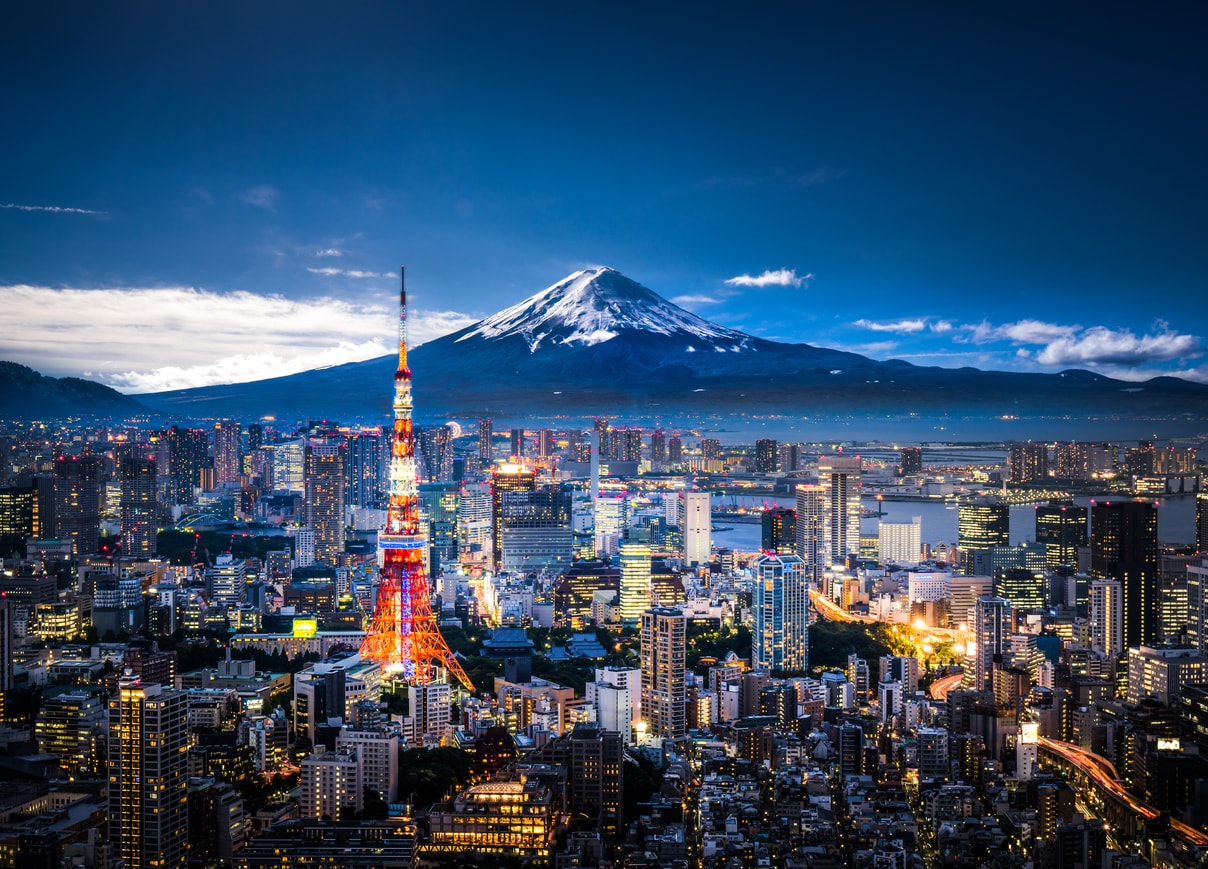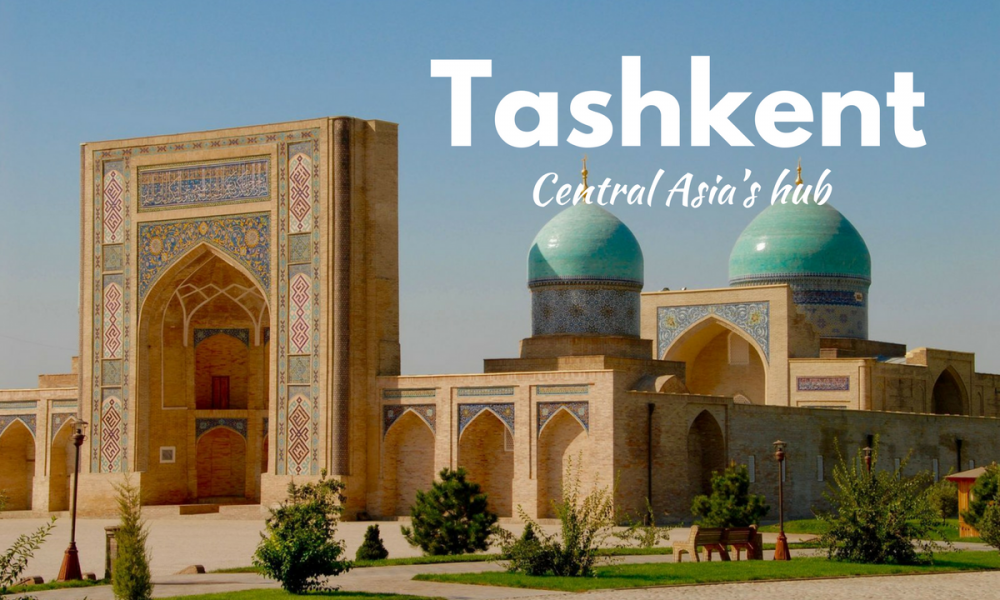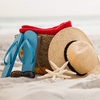Explore Japan
Tokyo
3 Nights / 4 Days
Tailor Made

Inclusions
Family , Luxury
Departure : Arrive to Japan (Tokyo) and Join the Tour
Tour Highlights
FLIGHT & TRANSPORT
All SIC (seat in coach)Transfers
Return Airport transfers ( Narita Airport Only )
ACCOMMODATION
3 Night(s) in Tokyo at Tokyo Dome Hotel or similar
SIGHTSEEING
Tokyo, Japan
Meiji Jingu Shrine
National Diet Building - Pass By
Imperial Palace Pass By
Evening free time in Ginza
Hamarikyu Garden
Sumida River Cruise
Asakusa Temple
Nakamise Shopping Street
Akhiabara - Pass By
Mt. Fuji 5th Station
Lake Ashi Cruise
Komagatake Ropeway
MEALS
3 Breakfast
2 Lunch
Day Wise Itinerary
DAY 1: Check In To Hotel - Leisure
Airport pick up. Transfer to hotel and check in at hotel @ 16:00 After check in Evening is free for leisure .
DAY 2: Tokyo City Tour
Pick-up Service -(From Near by Pick up points only)
Tokyo Tower -Enjoy a panorama of Tokyo from the main observation platform.(Approx. 30 min.)
Meiji Shrine -Take in a fine example of Japanese shrine architecture, nestled in a peaceful
,picturesque area. (Approx. 40min.)
?Akasaka Guest House(Drive by)
?National Diet Building(Drive by)
Imperial Palace East Garden
Ginza Shopping District (Drive by)
Lunch (Japanese Style Lunch) -Vegetarian menu is available on request.
Hamarikyu Garden -This garden is a typical daimyo (Japanese feudal lord) garden in the Edo
period with a tidal pond.(Approx.40 min.)
Sumida River Cruise -Enjoy a boat ride from a Port of Tokyo, Hinode Pier to Asakusa and see a
harmonious blend of old and new Tokyo.(Approx.40 min.)
AsakusaKannon Temple and Nakamise Shopping street -Walk down an active shopping street
Nakamise leading to one of the finest Buddhist temples in Japan. (Approx.40 min.)
Kappabashi(Drive through)
Ueno and Akihabara(Drive through) Arrive in Ueno at approx. 5:45 P.M., and in Akihabara at
approx. 6:00 P.M.
Return service
Return service is available to the hotel where you were picked up.
Breakfast Lunch
DAY 3: Mt. Fuji - Hakone Tour
Departure - Please be at the meeting location at least 10 minutes before departure.
Mt. Fuji 5th Station (30 min) - The bus will head up to the 5th Station along the Subaru Line.
Lunch (50 min) -Vegetarian meals are available and must be requested at the time of booking.
Lake Ashi Cruise (15 min)
Komagatake Ropeway (50 min) -Take a 7-minute ropeway ride to the peak of Mt. Komagatake.
Hakone-en
Odawara Station
Disembarking only.
Please make a request when booking.
The bus may not stop by if there are no prior requests for drop-off here.
Shinjuku or Ginza
*Guests will be dropped off at where picked up
Breakfast Lunch
DAY 4: Check Out - Back To Home
Morning after breakfast check out from hotel and transfer to Airport.
( Note : If early Morning flight, you will not get the time for breakfast )
Breakfast
Tour Inclusions
- Return Airport transfers ( Narita Airport Only )
- All SIC (seat in coach)Transfers
- 2 Local Lunch during the tours (Japanese style meal)
Tour Exclusions
- Any Hotel or Airline Surcharge cost
- Airline Cost
- Japan Visa Cost
- Cost of Personal Expenses.
- Any other item except “Package Rate Includes. “
- Travel Insurance
- Tips 3 USD per person per day exclude in above pkg.
- Excess baggage charges
- No porterage included. Guest has to carry luggage on their own to the room.
- Any personal expenses: Laundry, phone calls, mini bar etc
Map

Sightseeing
Tokyo, Japan
Meiji Jingu Shrine
Meiji Shrine is a shrine dedicated to the deified spirits of Emperor Meiji and his consort, Empress Shoken. Meiji Shrine and the adjacent Yoyogi Park make up a large forested area within the densely built-up city. The spacious shrine grounds offer walking paths that are great for a relaxing stroll. The shrine was completed and dedicated to the Emperor Meiji and the Empress Shoken in 1920, eight years after the passing of the emperor and six years after the passing of the empress.
Meiji Jingu Shrine became a meeting point for Japanese right wing radicals leading up to World War II, in which it was destroyed by American bombing in 1945 and rebuilt through public donations in 1958. The shrine grounds is marked by a massive torii gate, after which the sights and sounds of the busy city are replaced by a tranquil forest. The approximately 100,000 trees that make up Meiji Jingu's forest were planted during the shrine's construction and were donated from regions across the entire country.
Meiji Jingu is one of the Japan's most popular shrines. In the first days of the New Year, the shrine regularly welcomes more than three million visitors for the year's first prayers (hatsumode), more than any other shrine or temple in the country.
National Diet Building - Pass By
The National Diet Building is the building where both houses of the National Diet of Japan meet. Sessions of the House of Representatives take place in the left wing and sessions of the House of Councillors in the right wing. The Diet Building was completed in 1936 and is constructed out of purely Japanese materials, with the exception of the stained glass, door locks, and pneumatic tube system. The German-influenced three-storey National Diet Building on Kasumigaseki Hill in Nagatacho is Japan's parliament and center of government and a well-known Tokyo landmark.
Imperial Palace Pass By
We will provide only outside view of Tokyo Imperial Palace in this tour, please check some details of Imperial Palace.
The current Imperial Palace (Kokyo) is located on the former site of Edo Castle, a large park area surrounded by moats and massive stone walls in the center of Tokyo, a short walk from Tokyo Station. It is the residence of Japan's Imperial Family. Edo Castle used to be the seat of the Tokugawa shogun who ruled Japan from 1603 until 1867. The palace was once destroyed during World War Two, and rebuilt in the same style, afterwards. The current palace grounds were the site of Edo Castle, and before that, the residence of warrior Edo Shigetsugu. The land was close to Hibiya, which was then a beach, and was a strong flatlands location, strengthened by moats.
The inner grounds of the palace are generally not open to the public. Only on January 2 (New Year's Greeting) and December 23 (Emperor's Birthday), visitors are able to enter the inner palace grounds and see the members of the Imperial Family, who make several public appearances on a balcony.
Evening free time in Ginza
The Ginza is Tokyo's most famous upmarket shopping, dining and entertainment district, featuring numerous department stores, boutiques, art galleries, restaurants, night clubs and cafes. Ginza district was the site of a silver coin mint (Ginza means "silver mint" in Japanese). Ginza is the most expensive area in Tokyo. One square meter of land in the district's center is worth over ten million yen (even over 30 millions Yen for commercial properties), making it one of the most expensive real estate in Japan. It is where you can find the infamous $10 cups of coffee and where virtually every leading brand name in fashion and cosmetics has a presence.
Ginza’s main street called “Chuo Dori” is approx 1 km long and the street is closed for traffic for pedestrians to walk freely on weekends. The street is lined up with massive department stores, boutiques, souvenir stores and it’s the best place to shop both Japanese and international brands. Along with the luxury stores like Chanel, Louis Vuitton, Gucci, Bvlgari and more, there are also affordable shops like Uniqlo, H&M, Zara, GU, GAP and electronic gadgets shops like Big Camera (electronic department store),Sony show room and Apple Store.
Hamarikyu Garden
"The Hamarikyu garden is a large strolling garden directly next to Tokyo bay. It was built by the shogun Tokugawa in the Edo period (1603-1868). The garden's ponds are connected to the Tokyo bay so the water level of the ponds changed with the tide. Large parts of the garden were reed fields, and the southern garden was used by the Shogun's family for falconry and duck hunting. it was opened to the public April 1, 1946.
This is also where the garden's name comes from – Hama means “beach”, “seashore”; and rikyu means “detached palace”. Teien is a word for “garden” or “park”.
In the garden you can find a pond with a teahouse in the center. Visitors can cross one of the three bridges to reach the teahouse, where they can enjoy refreshment such as matcha and Japanese sweets in a tea-ceremony style (By own). The garden has a peony garden, a plum tree grove and cosmos fields with flowers for every season. Japanese falconry and aikido are demonstrated at New Year."
Sumida River Cruise
Sumida river cruise through Tokyo provides a uniquely enjoyable way to experience and get around the metropolis. Tokyo is a city on the sea, with rivers running through it, and a pleasure cruise - day or night - makes the most of the Japanese capital's waterways. A cruise on the waters in and around Tokyo is enjoyable and relaxing in itself, and can provide unobstructed views of the Tokyo cityscape and its landmarks. The main cruises are between Asakusa, on the west bank of the Sumida River, and Hamarikyu, near where the Sumida River meets Tokyo Bay.
Asakusa Temple
Asakusa Sensoji Temple is the oldest and most visited temple around Tokyo. The origin of Asakusa Sensoji Temple dates way back to the 6th century. It is said that in 628, two brothers, the Hinokuma brothers, who were fishing at a river nearby, happened to fish a Buddha statue. The brothers brought the Buddha statue home, rebuilt their home into a temple, and started a temple which later came to be known as Asakusa Sensoji Temple.
Asakusa Sensoji Temple is known to bring luck for almost anything: health, studies, love, etc. In front of the main hall of the temple, you will see many people covering themselves with smoke. The smoke they are covering themselves with, is believed to make the part they covered with smoke better. Therefore, many people pat smoke on their head in order to make themselves smarter.
Asakusa Sensoji Temple is not just a normal shrine. It has a long path called “Nakamise-dori”, a path jam packed with souvenir stores all along the way to the main hall. You can find anything here: Kimonos, chopsticks, fans, Japanese confectionary, keychains, T-shirts, you name it. Locals tend to buy “Ningyo-yaki”or “Kaminari-Okoshi.” Ningyo-yaki is something like baked pancake dough with red bean paste in it, and Kaminari-Okoshis are Japanese-style rice crispies.
The Sensoji Kannon temple is dedicated to Kannon Bosatsu, the Bodhisattva of compassion, and is the most widely visited spiritual site in the world with over 30 million visitors annually.
Nakamise Shopping Street
Nakamise Dori is lined with about a hundred shops selling crafts, souvenirs and plenty of sweet and savory snacks. Throughout the year you can come across seasonal events held on the temple grounds. Some of the most popular include Asakusa-jinja Shrine’s Sanja Festival collaboration event in May.
You can find anything here: Kimonos, chopsticks, fans, Japanese confectionary, keychains, T-shirts, you name it. Locals tend to buy “Ningyo-yaki”or “Kaminari-Okoshi.” Ningyo-yaki is something like baked pancake dough with red bean paste in it, and Kaminari-Okoshis are Japanese-style rice crispies.
Akhiabara - Pass By
Akihabara is Pass by point in our itinerary, some details of Akihabara shopping street –
Akihabara, also called Akiba after a former local shrine, is a district in central Tokyo that is famous for its many electronics shops. In more recent years, Akihabara has gained recognition as the center of Japan's otaku (diehard fan) culture, and many shops and establishments devoted to anime and manga are now dispersed among the electronic stores in the district.
Akihabara is also a great area for shopping. Especially, Akihabara is known as the world leading “Electric Town” where you can find practically any electronics products. Numbers of electronics stores are located within this area. Also, there are a lot of shops selling unique products related to anime, games, manga, cosplay, idols, etc, including very rare items. They offer everything from the newest computers, cameras, televisions, mobile phones, electronics parts and home appliances to second-hand goods and electronic junk.
Mt. Fuji 5th Station
You will get Photo stop on this point as per our itinerary to experience Natural beauty of Japan. Please find some details of Mt. Fuji 5th Station:
The Fuji Subaru Line 5th Station (also known as Yoshidaguchi 5th Station or Kawaguchiko 5th Station) lies at approximately the halfway point of the Yoshida Trail, which leads from Fujiyoshida Sengen Shrine at the mountain's base to the summit of Mount Fuji. It is the most popular of the four 5th stations on Mount Fuji and the best developed and easiest to access by public transportation from Tokyo. The Fuji Subaru Line 5th Station is accessible almost year round, snow conditions permitting, and is a popular sightseeing spot even outside of the climbing season.
The Fuji Subaru Line 5th Station provides parking lots, coin lockers and a few restaurants and shops, as it is the last chance for departing climbers to stock up on supplies at reasonable prices before they head out. Items such as hiking sticks, snacks, bottles of water and oxygen may be purchased here, although they are also available along the trail, albeit at prices that increase as you climb higher.
At 2300 meters above sea level, the Fuji Subaru Line 5th Station offers a commanding view of the Fuji Five Lakes area below, making it a popular spot even for those who are not intent on climbing the mountain. An observation point with unobstructed views of Fujiyoshida City and Lake Yamanaka can be found at Komitake Shrine behind the shops.
Lake Ashi Cruise
Cruise on Lake Ashi provides a beautiful view of Lake Ashi, a lake formed in the caldera of Mount Hakone after the volcano’s last eruption 3,000 years ago. Today, Lake Ashi is often pictured with Mount Fuji in the background as a symbol of Hakone. The best views of the lake in combination with Mt. Fuji can be enjoyed from Moto-Hakone, Hakone Detached Palace Garden, and from sightseeing boats cruising the lake. Note however, that clouds and poor visibility often block the view of Mt. Fuji, and you must consider yourself very lucky if you get a clear view of the mountain. Colder seasons and early mornings and late evenings often provide better views of the mountain. A boat cruise from one end of the lake to the other takes roughly 30 minutes. At the northern end of the lake, the Hayakawa River runs through Miyanoshita.
Komagatake Ropeway
Nagano Alps from Japan's highest aerial tramway, the Komogatake Ropeway. The Ropeway opened in 1963 and is a popular way to take in one of the most stunning, scenic views in Japan. The Ropeway runs from the edge of Lake Ashi to the summit of Mount Komagatake, its namesake. The ropeway carries passengers 950 meters (3,116 feet), making it the highest vertical aerial tramway in the country.
We can reach the top of Mt. Komagatake in only 7 minutes by using a comfortable and convenient ropeway. The ropeway’s lakeside station is at Hakone-en. The total length of the ropeway is 1800 meters. Going up and facing the mountain, you’ll see Mt. Fuji and a chain of Hakone mountains on the left; Odawara, Yokohama, Ohshima Island, and Sagami Bay on the right; and Ashinoko Lake and Suruga Bay behind you.
Your eye will be captured by red shrine pillars and a red gate against the blue sky. It’s so impressive! If you go left behind the ropeway station, a magnificent Mt. Fuji view is waiting for you. The red shrine gate, there is a rock with a sacred straw rope. It is called “Bakou-seki” meaning that God came down on the rock with his white horse. They say there are some holes in it from where the horse stepped. We have a great view of Mt. Fuji from there, and I can imagine that those ceremonies were surely performed under Mt. Fuji’s grace.
Photo Gallery
Terms & Conditions
- RTT - RIVIERA TOURS AND TRAVEL
- Rate of Exchange (ROE) will be taken into account for making land component’s final payment.
This rate is applicable for Indian nationals only. Other nationalities are requested to contact our tour experts for more details on pricing policy.
The standard hotel check-in time is 14:00 hrs and check out 12:00 hours.
The breakfast timing at international hotels is mostly from 6:30 hrs to 10:00 hrs.
The grant or refusal of a visa is up to the sole discretion of a particular government, consulate or embassy, and RTT should not be held responsible for the delay, denial or non-issuance of visa to travelers. Apart from this, RTT will not be responsible for any additional expense or loss resulting from it.
Excessive consumption of alcoholic drinks while traveling will put you in trouble, especially during visa on arrival, immigration, and other vital procedures that determine your entry to the country.
It is significant to ensure that your passport possesses a 6 month-validity (9 months in the case of Malaysian passport) from the date of return. Whether or not you’re eligible for visa on arrival, we request you to obtain your visa, prior to departure.
Should you’ve any travel related query or have to face any kind of difficulties during your vacation, we request you to bring them to the attention of RTT’s staff or hotel / transport service provider on immediate basis. If the complaint is not resolved to your contentment, you can forward us a formal complaint in writing within 28 days of your return. We assure you to get back to you with a practical yet sensible solution.
If you don’t receive the travel arrangements as promised by RTT’s agents or staff, we assure to make appropriate compensation.
RTT should not be held responsible for any negligence or ineffectiveness of services provided by third parties, such as airlines and hotels.
RTT is only a tour operator and should not be held liable for your own acts on account of misconduct or personal affairs. For instance, RTT or its team cannot guarantee the safety of your personal belongings or vital documents at any point of your vacation.
RTT should not be held responsible for any kind of damages or misconduct done by guests during tour.
At RTT, we take all rational effort to provide accurate and genuine information on our website. Nevertheless, we cannot assure the exactness of all information, particularly images that depict the services made available by hotels and other third party service providers.
For a hassle-free vacation, we recommend you to avail of a travel insurance plan through one of RTT’s sales agents, prior to departing from your destination. However, extra charges may apply.
What we mean by ‘seat-in-coach’ is to make available comfortable van / bus/ coach for arrivals, departures, or sightseeing. However, please be informed that when you choose to tour on SIC basis, you will be required to share transportation with other guests. If you don’t approve the same, we recommend you to take advantage of a private vehicle by paying extra charge.
To ensure an unperturbed holiday experience, it is advisable to carry your valid travel documents by way of passports, visas and important documents while traveling.
In such circumstance when a client applies for documents relevant for traveling, such as visa, through RTT and later the tour is cancelled because of the unavailability of these documents, no refund will be made to the client. Moreover, clients are not eligible for any claim of payments or cash deposits that are non-refundable.
Unless otherwise paid for it, no separate bed will be provided to a kid accompanying his or her parents. However, if you want an extra bed for your kid, you can get one by directly making payment to the hotel. Furthermore, no refund will be done in such instance wherein you’ve already paid for the bed and don’t want to avail of it.
RTT reserves the sole right to amend or update the abovementioned terms and conditions at any time without any prior notice.




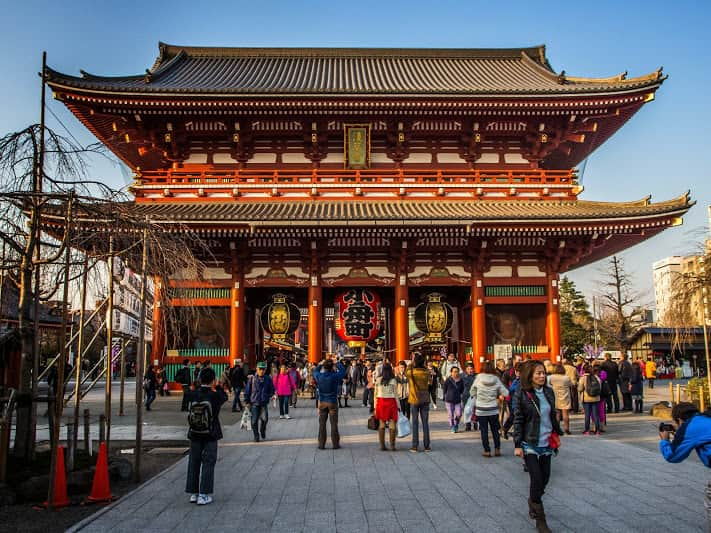


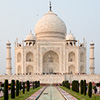





















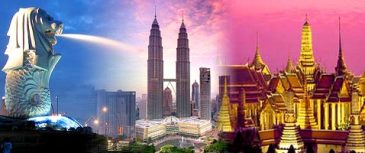
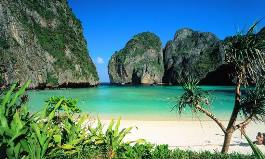



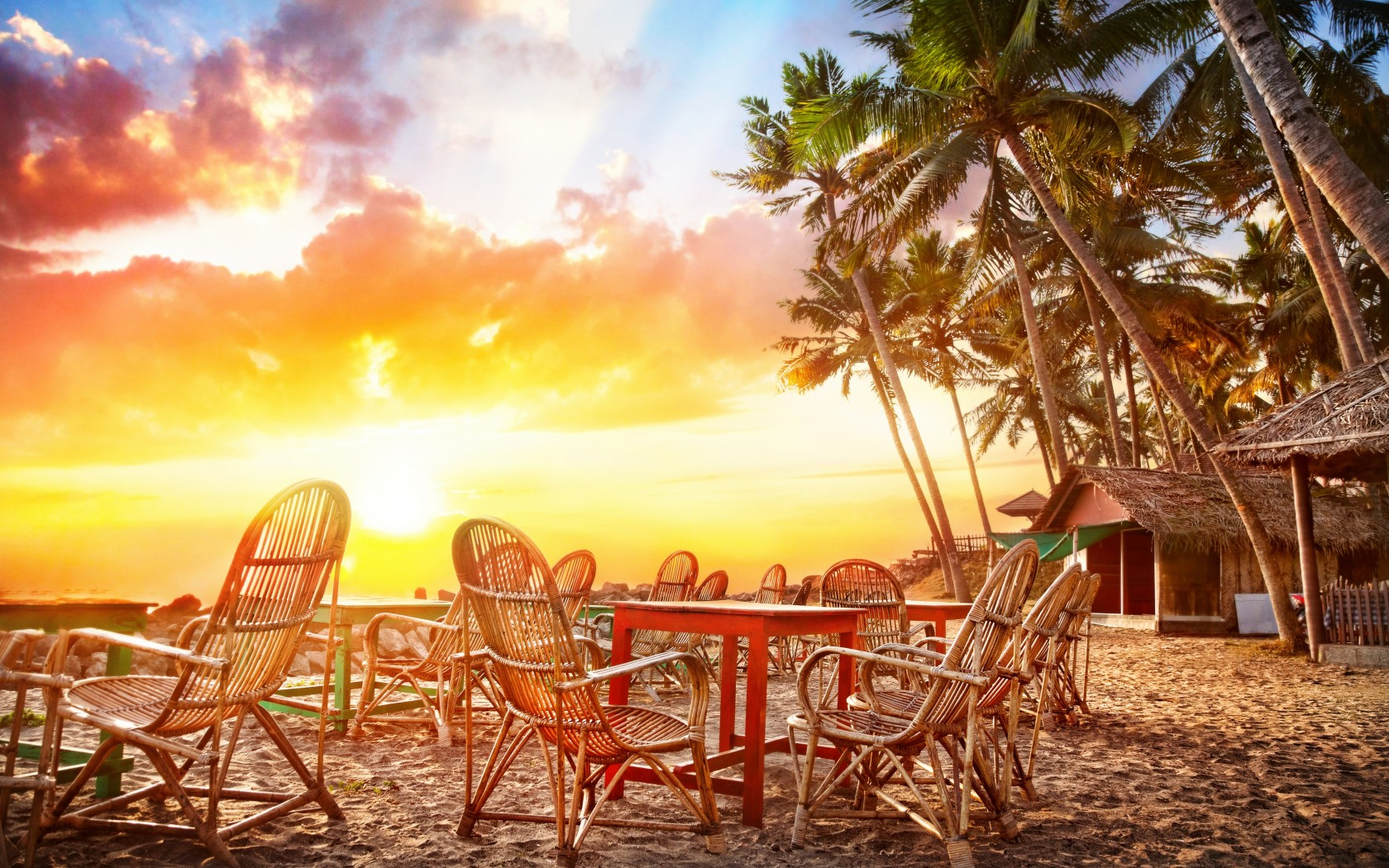




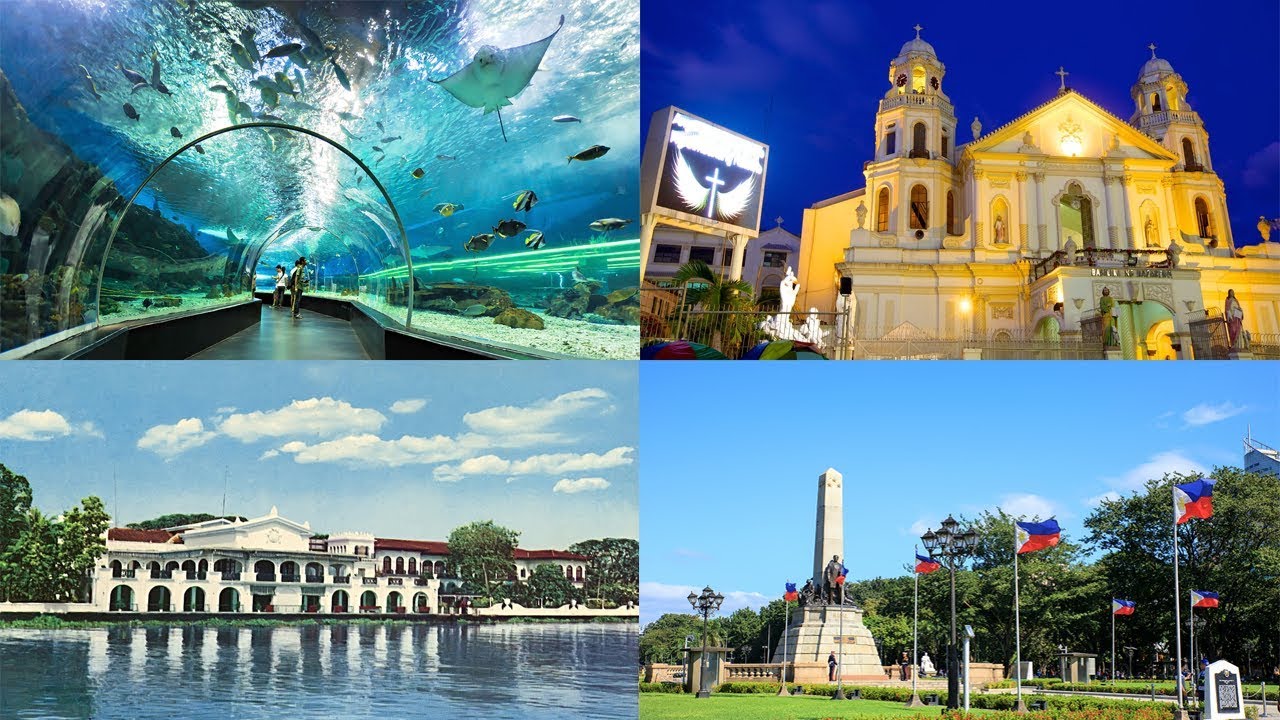
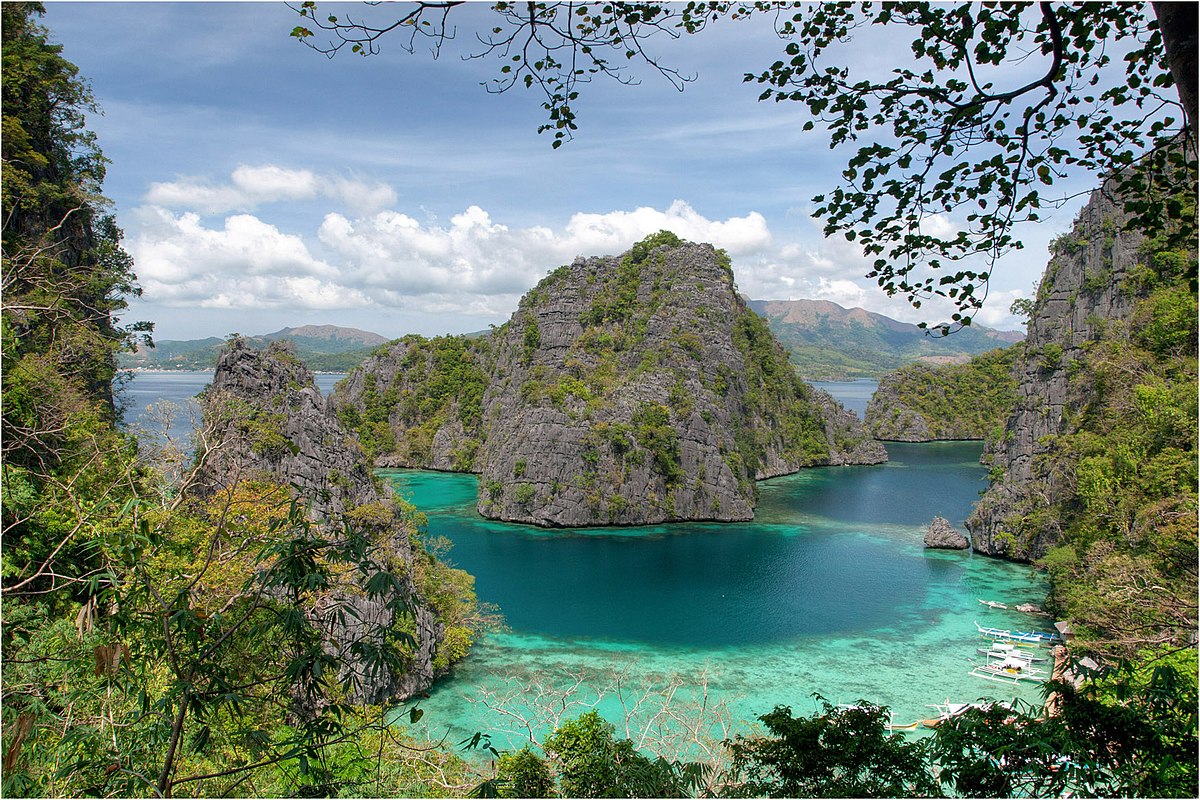



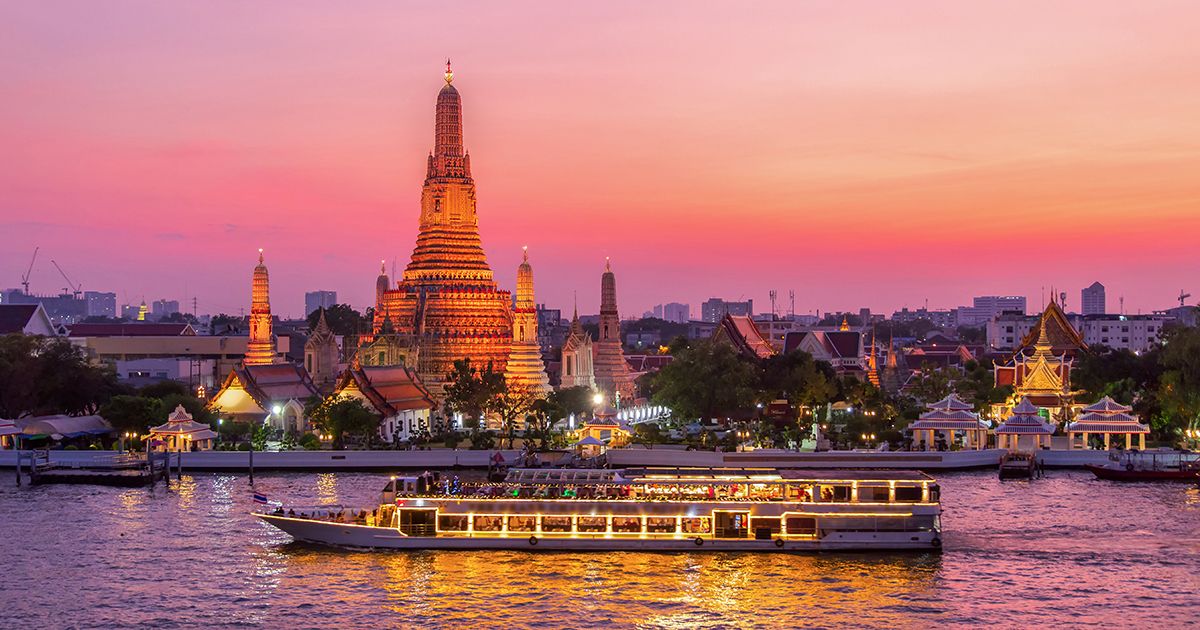
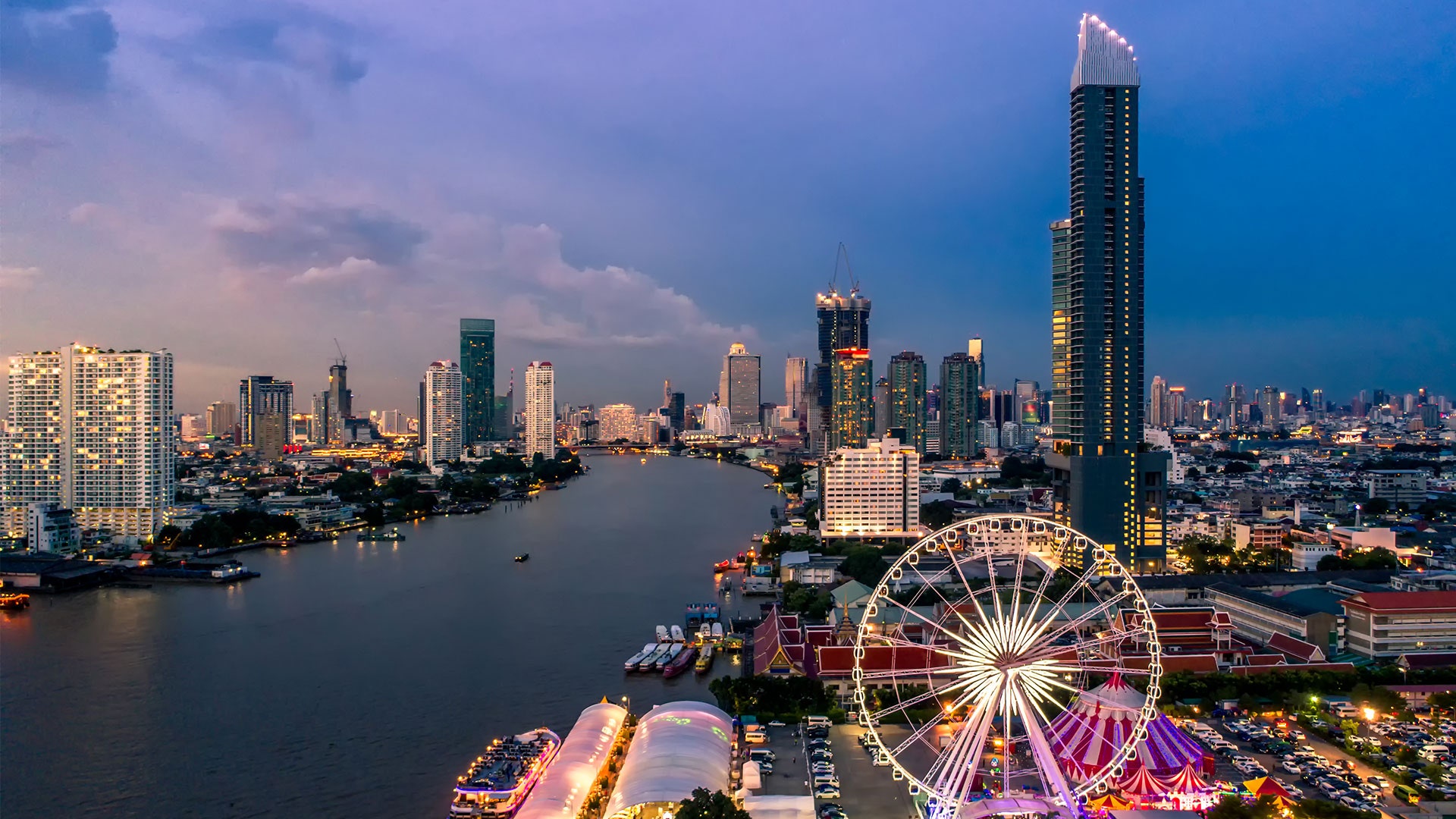



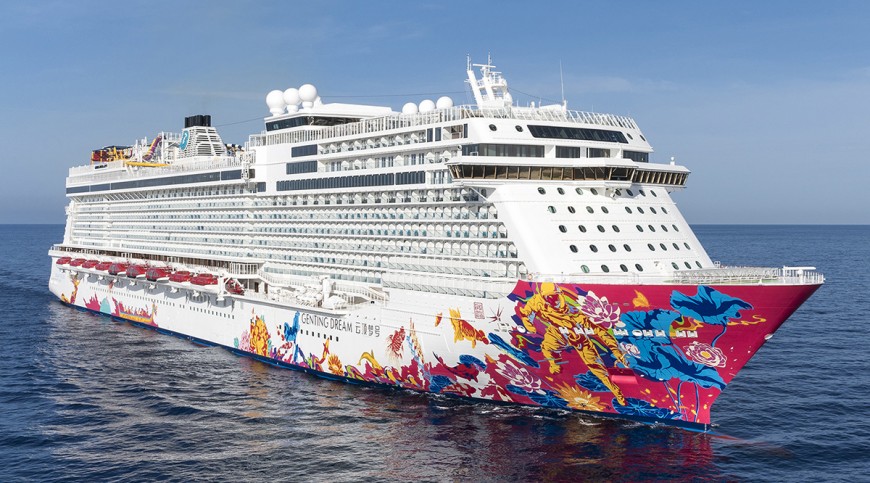


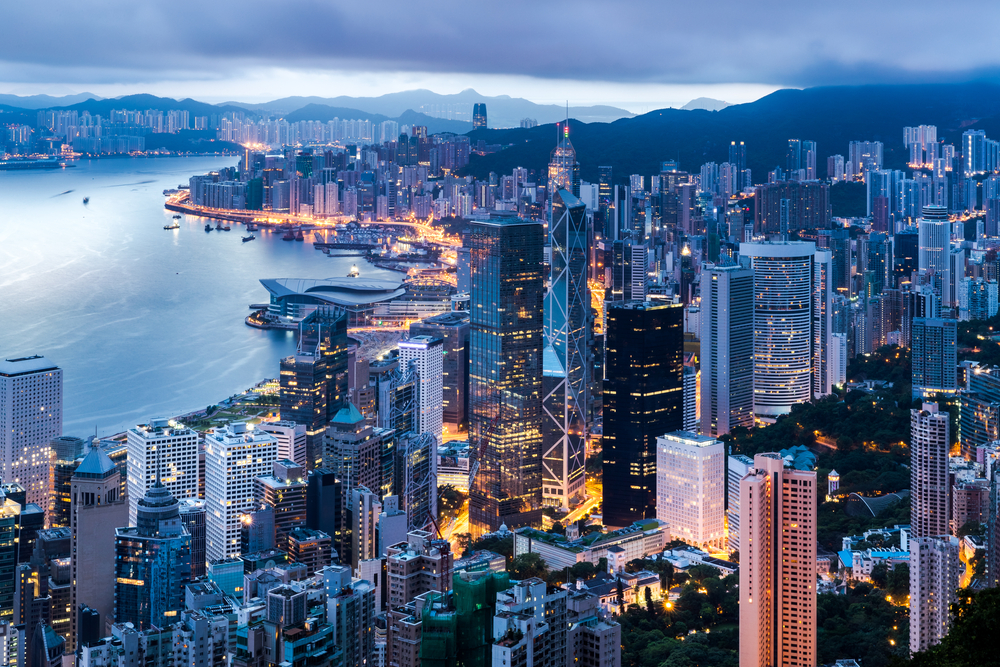





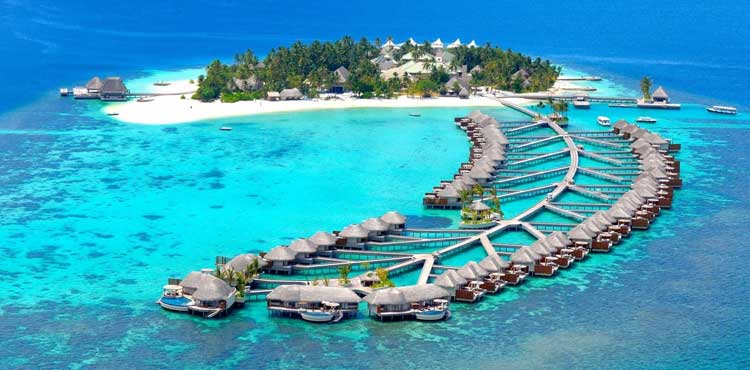


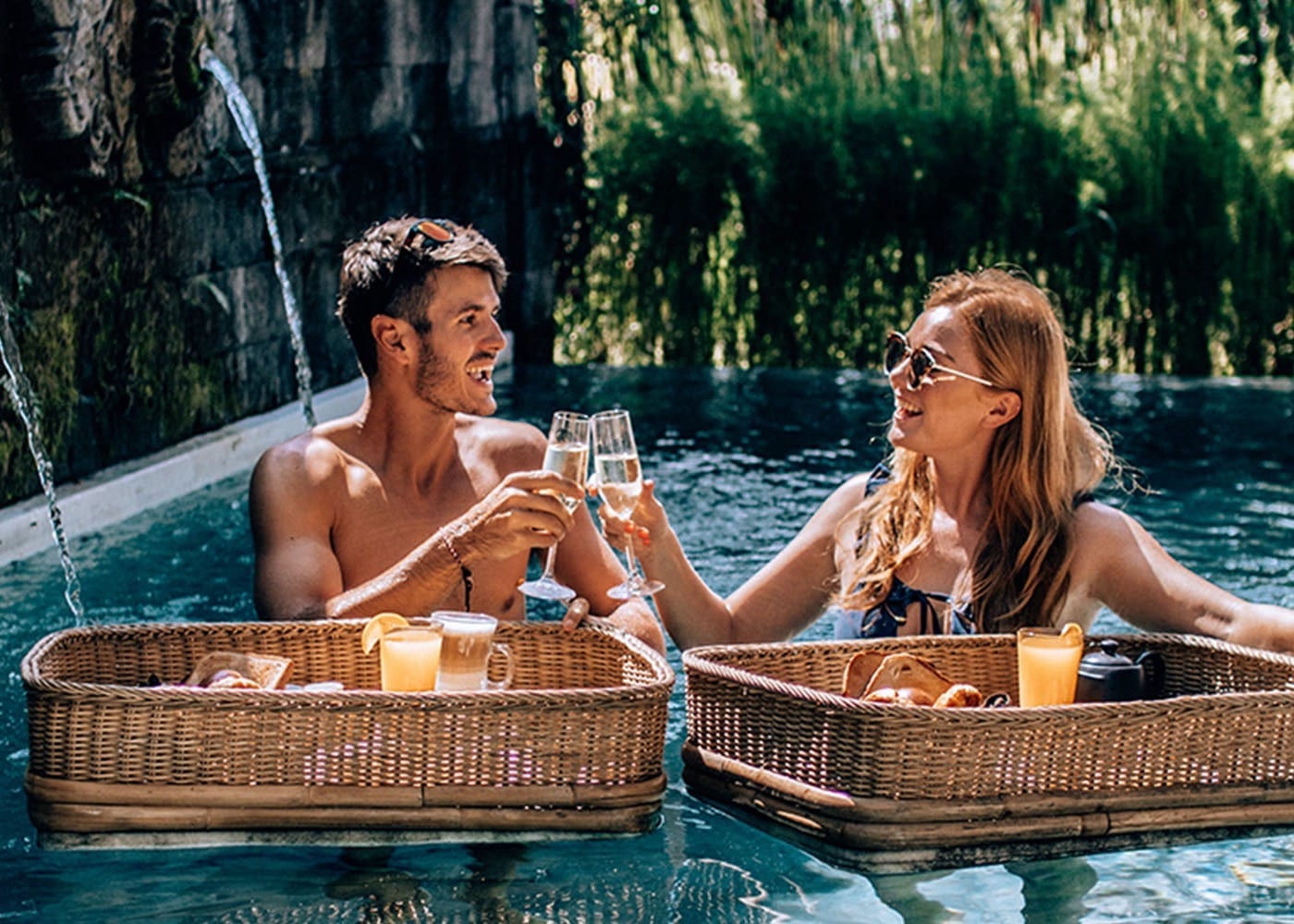
.jpg)

